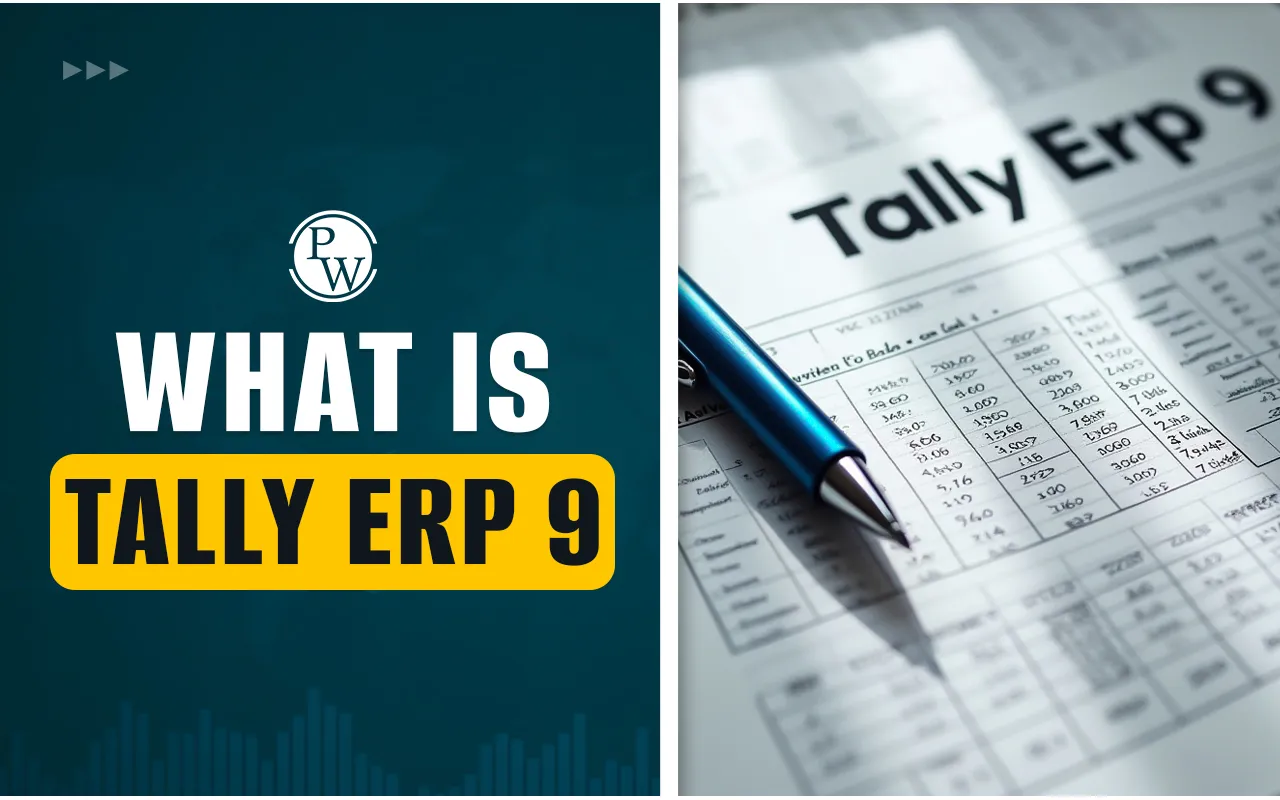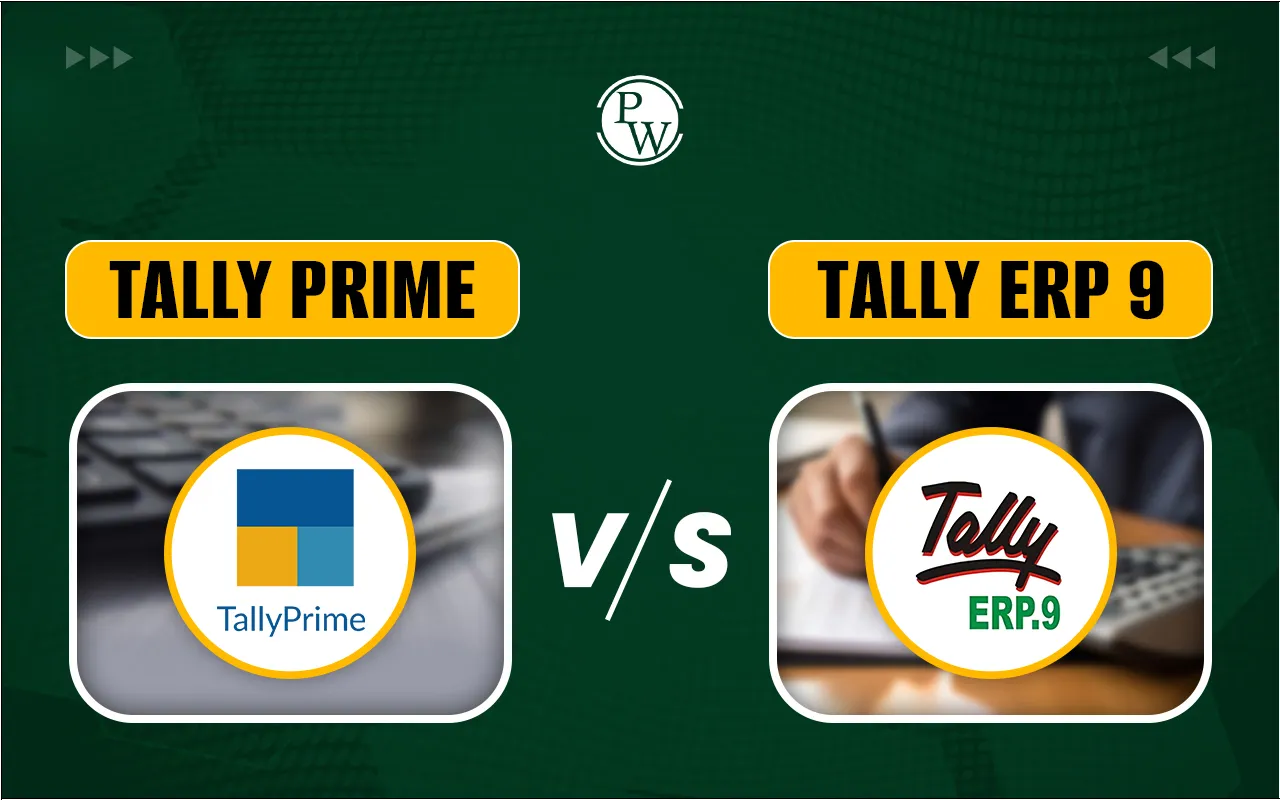
How Do Dividends Work: Ever thought about how dividends work? Dividends are distributions from a company to its shareholders, representing a share of its profits.
But how do dividends work for stockholders? Companies typically pay dividends quarterly, with the amount decided by the board. These payments can be in cash or additional shares. So, how does a dividend stock work? The dividend yield, a percentage of the stock's price, helps investors gauge the returns.
If you're wondering what dividend stocks are and how they work, they offer a steady income stream and are often linked to stable, financially sound companies. Let's dive into how dividends work, examples, and the benefits of dividend stocks.
What are Dividends?
Dividends are payments made by companies to shareholders, usually from the company’s profits. The most common type of dividend is a cash payout, though some companies offer stock dividends. Companies pay dividends to show financial stability and attract investors.
For example, well-established companies like Coca-Cola regularly pay dividends to their shareholders. These payments are often made quarterly, but they can also be made monthly or annually. Not all stocks pay dividends, and the amount depends on the company’s board of directors. Companies that consistently raise their dividend payments are considered more reliable investments.
How Do Dividends Work?
Dividends are a way for companies to reward their shareholders with a portion of the profits. Below are the key steps involved in how dividends work:
Step 1: Company’s Profit Generation
Companies that generate excess profits may decide to share a portion of them with their shareholders in the form of dividends. This is usually after the company covers operational costs and invests in growth.
Example: If a company earns significant profits, but doesn’t need to reinvest all of it back into business expansion, it might decide to distribute a portion to shareholders as dividends.
Step 2: Management’s Decision
The company's management evaluates whether it should reinvest the profits into business operations or distribute them to shareholders. If the company has enough retained earnings, it might choose to offer dividends.
Example: A company may decide to distribute dividends instead of keeping all profits to themselves, especially if they want to reward loyal investors.
Step 3: Board of Directors Approval
The board of directors plays a crucial role in approving the dividend. After consulting with major shareholders, the board finalizes the amount and timing of the dividend.
Dividend Declaration: Once the decision is made, the company announces the dividend, including how much it will pay and when it will be paid.
Step 4: Important Dividend Dates
The company announces key dividend dates, which include:
- Ex-Dividend Date: This is the cutoff date for investors to purchase the stock and still receive the upcoming dividend. If you buy a stock on or after this date, you won't receive the dividend.
-
Record Date: This is when the company verifies which shareholders are entitled to the dividend. You must own the stock before the record date to qualify.
-
Payment Date: This is when the company actually distributes the dividend to shareholders.
Example: A company announces a $2 per share dividend with an ex-dividend date of June 10 and a payment date of July 1.
Step 5: Eligibility of Shareholders
To be eligible for the dividend, shareholders must be listed as "shareholders of record" on the record date. This means they must own the stock by the specified date.
Example: If the record date is July 1, investors who hold shares on June 30 are eligible to receive the dividend.
Step 6: Dividend Distribution
On the payment date, the company distributes dividends to shareholders. These dividends can either be paid in cash or in the form of additional shares (stock dividends).
Example: If you own 100 shares of a company that pays $1 in dividends per share, you will receive $100 in cash or additional shares, depending on how the company chooses to pay.
Step 7: Dividend Impact on Stock Price
After the ex-dividend date, the stock price may adjust to reflect the dividend payout. If a company declares a $2 dividend, the stock price might drop by approximately $2 on the ex-dividend date.
Example: If a stock is trading at $60 per share and the company declares a $2 dividend, the stock price may fall to $58 on the ex-dividend date.
Step 8: How Dividends Are Taxed
Dividends are typically taxed as income for shareholders. The tax rate may vary based on the country and whether the dividend is classified as a qualified dividend or not.
Example: In the U.S., qualified dividends are generally taxed at a lower rate compared to regular income, depending on the tax bracket.
Understanding how dividends work for stockholders can help you make informed investment decisions. You can assess whether a dividend stock fits your investment strategy based on the frequency of payouts and the company’s track record.
How are dividends calculated?
The dividend per share (DPS) is determined by dividing the total dividends paid by the number of outstanding shares. The DPS is then multiplied by the number of shares you hold to determine your personal dividend income.
Here's how dividends are calculated:
Calculate the entire amount of the dividend: The entire amount of dividends that the firm will pay out will be determined by the board of directors.
Determine how many shares are still outstanding: This represents the total number of shares that investors presently own.
Determine the DPS (dividend per share):
DPS is calculated by dividing the total dividends paid by the number of outstanding shares.
For example, the DPS would be $0.25 ($1,000,000 / 4,000,000) if the company distributed $1 million in total dividends to 4 million outstanding shares.
Determine your personal dividend income:
Your Dividend Income is calculated as follows: DPS x the number of shares you own
For example, if you hold 100 shares and the DPS is $0.25, your dividend income will be $25 (0.25 x 100).
How to check dividend received
You must understand how dividends operate to get your payouts. Learn about getting a dividend on your shares rather than always monitoring your bank account. What you should know is as follows:
- Eligible shareholders will normally receive a check from the company with the dividend amount a few days after the ex-dividend date.
- Alternatively, the money could be sent directly to issue additional shares to reinvest the extra in your bank account.
- Remember that a business may occasionally give its owners more shares in order to put the additional revenue back into the business.
Types of Dividends in Stock Market
Dividends can come in different forms, depending on how a company chooses to distribute its profits to shareholders. Here's an overview of the main types of dividends that affect stockholders:
1. Cash Dividends:
Cash dividends are the most widely used type of dividend. Companies distribute these payments directly into shareholders' brokerage accounts or send them by check. Investors receive a set amount of money for every share they hold.
2. Stock Dividends:
Instead of cash, companies may provide shareholders with additional shares of stock. This increases the number of shares a shareholder owns but does not immediately affect the shareholder’s overall investment value. These are often distributed on a pro-rata basis, depending on the number of shares held.
3. Special Dividends:
Special dividends are one-time payouts distributed by a company. They are not recurring and typically occur when the company has accumulated excess profits or has had an unusually strong financial year. This type of dividend is generally paid alongside regular dividends or in place of them.
4. Preferred Dividends:
Preferred stockholders receive these dividends, which are usually fixed. These dividends are typically paid quarterly and take priority over common stock dividends. Preferred dividends are generally guaranteed, unlike common stock dividends, which can fluctuate.
5. Dividend Reinvestment Plans (DRIPs):
Some companies offer DRIPs, allowing shareholders to reinvest their dividends back into purchasing more company shares, often at a discount. This is a voluntary choice, and investors can choose to receive the dividend in cash instead.
6. Dividend Funds (ETFs and Mutual Funds):
Investors can also invest in dividend mutual funds or exchange-traded funds (ETFs), which pool investments in multiple dividend-paying stocks. These funds distribute dividends to shareholders from the earnings of all the stocks within the fund.
7. Liquidating Dividends:
When a company is closing down, it may distribute its remaining assets to shareholders in the form of liquidating dividends. This happens when the company has ceased its operations, and the proceeds from liquidating its assets are given to shareholders.
These types of dividends allow investors to receive a portion of the company’s profits, either in cash, more shares, or other assets, depending on the company's choice. Dividends can be a steady source of income, especially for long-term stockholders.
How to Evaluate Dividends?
When investing in dividend-paying stocks, it's essential to evaluate how stable and reliable those dividends are. Here’s how you can assess them:
1. Dividend Yield: The dividend yield shows how much a company pays in dividends relative to its stock price. It is determined by dividing the annual dividend per share by the share price.
For instance, if a stock costs $50 and pays $2 annually, the dividend yield is 4% ($2 ÷ $50). A higher yield might look attractive, but make sure it’s sustainable.
2. Dividend Payout Ratio: The dividend payout ratio reveals what portion of a company's earnings goes towards paying dividends. It’s calculated by dividing the annual dividend by earnings per share (EPS). A lower ratio can indicate the company is retaining earnings for growth.
For example, if a company has an EPS of $5 and pays a dividend of $2, the payout ratio is 40%. A very high payout ratio (above 75%) may suggest that the company is paying more than it can afford, which can be risky.
3. Dividend Growth Rate: The dividend growth rate tells you how consistently the company has increased its dividends over time. A company that increases dividends steadily is often a sign of stability and financial strength.
For example, a company that raises its dividend from $2 to $2.50 over 2 years shows a 25% growth rate, indicating a commitment to increasing payouts.
4. Dividend Coverage Ratio: This ratio compares a company’s operating cash flow to its dividends. It’s a measure of how well the company’s cash flow supports its dividend payments.
For instance, if a company’s cash flow is $100 million and it pays $20 million in dividends, its dividend coverage ratio is 5. A higher ratio (above 2) is considered safer, as it indicates the company can easily cover its dividend payments.
5. Earnings Yield: The earnings yield is the inverse of the price-to-earnings (P/E) ratio and shows the return you could expect based on the company’s earnings.
For example, if a company has an EPS of $3 and its stock price is $30, the earnings yield is 10% ($3 ÷ $30). A higher earnings yield might signal a better investment in terms of returns, but also consider other factors like growth potential.
6. Debt-to-Equity Ratio: While not directly related to dividends, a company’s debt-to-equity ratio gives insight into its financial health. A high debt level could put pressure on the company to cut dividends, especially during tough times.
For instance, if a company has $200 million in debt and $100 million in equity, the debt-to-equity ratio is 2:1. A high ratio suggests the company is more reliant on debt, which could make it harder to maintain consistent dividend payouts.
7. Past Dividend Trends: Look at the company’s historical dividend payments. Has the dividend been increasing steadily, or is it fluctuating? A company that maintains or grows dividends year after year is more likely to continue that trend.
For example, if a company has increased its dividend from $1 to $2 over the last five years, this shows strong growth. However, a sudden drop in dividends might indicate financial trouble.
By using these methods to evaluate dividends, you can assess the reliability and potential growth of a company’s dividend payments. Always consider the sustainability of the dividend, not just the yield.
And remember, while dividends can be an excellent source of income, they're not guaranteed—external factors like economic downturns can impact even the most reliable companies.
Benefits of Dividends for Investors
Dividends are a popular investment feature, providing several benefits to stockholders. Here’s a brief overview of the main benefits:
- Steady Income Stream: Dividends provide a consistent income, making them an attractive option for those seeking passive earnings. This is especially beneficial for retirees or anyone looking for a reliable return on their investments.
-
Share in Company Profits: Dividends give investors a direct share of a company’s profits, reflecting the company’s financial health and stability. This can offer a clearer picture of a company’s ability to generate sustainable profits.
-
Growth Through Reinvestment: Reinvesting dividends to purchase more shares can compound your returns over time, helping your investment grow faster. This process accelerates wealth-building and enhances long-term portfolio growth.
-
Lower Risk and Volatility: Dividend stocks generally experience less volatility compared to non-dividend-paying stocks. Dividends provide income even when stock prices decline, offering a cushion during market downturns and helping reduce risk.
-
Dividend Reinvestment Plans (DRIPs): DRIPs allow investors to automatically reinvest dividends into more shares without commission fees. This hands-off approach can help build wealth steadily without requiring constant attention or extra cost.
-
Tax Advantages: Qualified dividends may be taxed at lower rates compared to ordinary income, which can increase the overall return on investment. However, it's essential to consider the tax implications based on your tax bracket.
-
Indicators of Financial Health: Companies that consistently pay dividends often signal strong financial health. This is because these companies generate enough profits to reward shareholders while maintaining growth, making them attractive for long-term investors.
-
Predictable Payment from Stable Companies: Larger, established companies in sectors like utilities, banks, and healthcare tend to offer reliable dividend payments. These companies have a track record of consistent profits and less need for reinvestment in their business.
Understanding how dividends work is essential for any investor. Dividends provide a reliable income stream and can be reinvested for long-term growth. By learning about dividend yields, payout ratios, and growth potential, you can make smarter investment choices and build a more stable portfolio.
Learn Stock Market with PW (PhysicsWallah)
The PW Stock Market for Beginners Online Course helps you understand how the stock market works, including stock trading, market analysis, and investment strategies. Learn at your own pace with practical insights and explore opportunities with confidence. Join now and dive into the world of stock trading with the PW Stock Market Online Course!
FAQ
What are dividends, and how do they work?
How do dividends work for stockholders?
How do dividend stocks work?
How can I learn more about dividends and the stock market?
What is the process of receiving dividends from stocks?
What is rule 3 of dividend rules?










